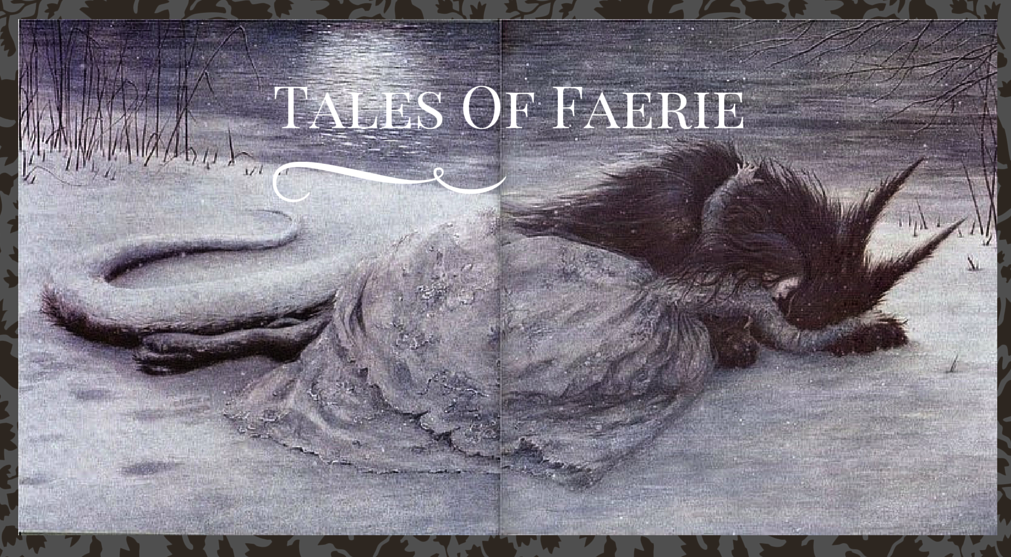Jean Cocteau's 1946 "
Belle et la Bete" is a giant not only in the world of Beauty and the Beast versions, but is well respected in the history of film itself.
Like any old movie, it can seem strange to the modern viewer. I'll admit, the first time I saw this, several years ago, I thought it was really weird. But after reading so many positive things about it and all the beautiful symbolism and imagery in it, and giving it a more open-minded rewatch, I changed my mind.

The movie does put a lot of emphasis on a very common theme in batb retellings-inner vs. outer nature. The mirror from the Beast's palace shows the sisters to be what they truly are (an old hag and a decorated monkey), yet Belle sees herself. The Beast struggles with the animal aspects of his nature (killing animals for food, being unable to meet Belle's eyes) verses his human aspects (his love for Belle, he walks like a human and wears human clothes).
Betsey Hearne goes into more detail on the richness of symbolism in this film in her book, "
Beauty and the Beast: Visions and Revisions of an Old Tale." In her words, "Cocteau is obsessed with levels of reality, labyrinths, mirrors, dreams, surrealistic images, all of which blend naturally with and extend easily beyond the traditional story of "Beauty and the Beast." Time and space take unexpected turns in the film; light and dark, surfaces and depths play on one another. Yet throughout, Cocteau emphasizes the importance of the ordinary to the sphere of the extraordinary."

Clearly, there's a lot packed into this film which might seem simple at first. But can I just say that I find it VERY bothersome that Belle confesses to having loved Avenant (the Gaston-like figure) as well as the Beast? I wouldn't necessarily be too upset that they trade forms in the end-it rather makes sense, that Avenant, who is truly beastly in nature, should turn into the Beast when he is killed, and that the Beast turns into a handsome prince. But you can't love two people at the same time. Maybe, Belle was attracted to Avenant, but because she realized he wasn't trustworthy (he was the cause of Belle's father's loss of fortune, and at the end he breaks into the Beast's secret chamber to steal the riches and intends to kill the Beast, which ironically is fulfilled when he is transformed into the Beast). This could explain why she refused his marriage proposals-but still, attraction and love are different things, which is kind of the point of this movie.
Hearne explains it this way: "Representing man's bestial nature in contrast to the Beast's natural bestiality, the human Avenant extends the duality of Beast and prince to a trinity. The prince, of course, supersedes both the other characters but is played by the same actor, clarifying the roles as three aspects of one personality."

I feel like you shouldn't be able to blend two opposite characters together, but maybe that's the point as well. Belle herself confesses to be the monster when she doesn't return in time, revealing that we all have moments of monstrosity, even the purest in heart, like Belle. Still, I don't like the juxtaposition of the Beast and Avenant-I would prefer for them to be direct contrasts.
The movie plot is very true to the Beaumont, with the Avenant character as the main addition-as well as a few other added symbols, such as the glove, and the key which is entrusted to Belle yet she is forbidden to use it (hello, Bluebeard! This has been on my mind especially lately because of all the wonderful posts on
Surlalune this month).

Interesting trivia from
wikipedia: this movie drew not only from the classic (Beamont) batb story, but from another fairy tale, La Chatte Blanche, by Madame D'Aulnoy-noteably in the "servants, previously magically reduced to their arms and hands, with these still performing all servants' chores."
This movie has really had a huge impact on the evolution of the tale in modern culture, in what meanings and themes we draw from the plot-not to mention its immense emotional impact. It has influenced many later versions, from movies and books to music...more on that in a later post.













